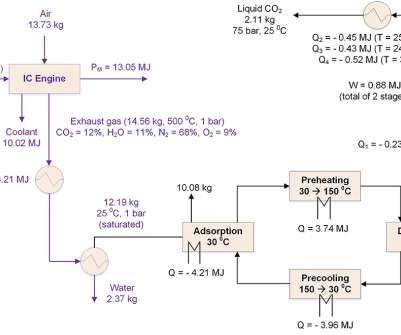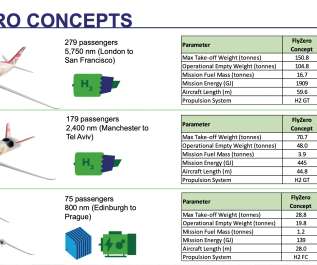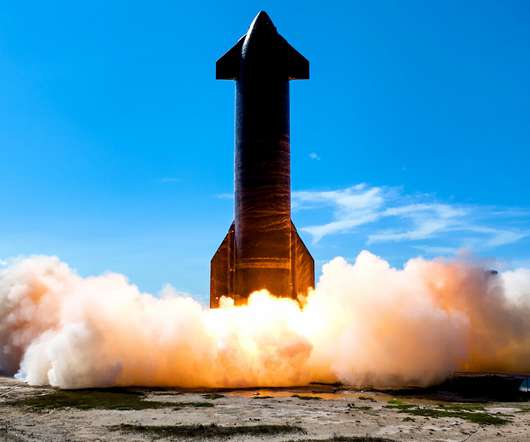EPFL team develops on-board system to capture CO2 from trucks; reducing emissions by 90%
Green Car Congress
DECEMBER 26, 2019
The EPFL system captures CO 2 directly in the trucks’ exhaust system and liquefies it in a box on the vehicle’s roof. First, the vehicle’s flue gases in the exhaust pipe are cooled down and the water is separated from the gases. Researchers at EPFL have patented a new concept that could cut trucks’ CO 2 emissions by almost 90%.


































Let's personalize your content